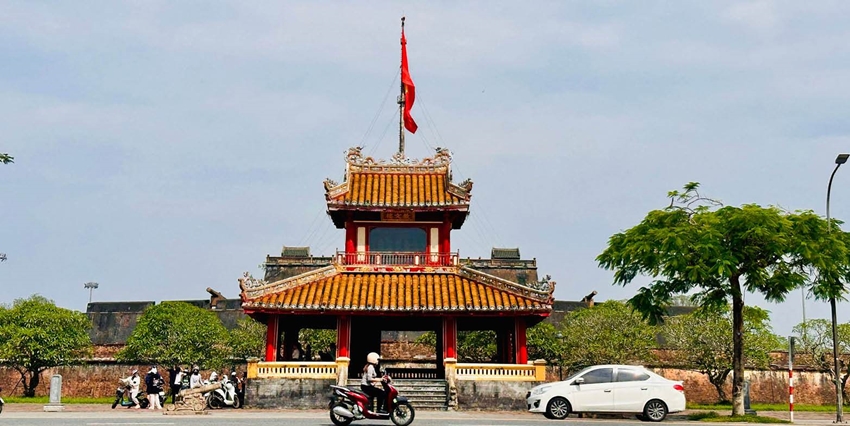 |
| Hue city changes every day. Photo: Ngoc Hoa |
Win many victories on all fronts
Looking back 50 years, the Hue - Da Nang Campaign was one of the three decisive victories of the General Offensive and Uprising in the Spring of 1975. This was the second key victory (after the Central Highlands), completely collapsing the enemy's strategic defense system in the Central region, eliminating Military Region I, breaking up their strategic cluster, not allowing the enemy forces to retreat to strengthen defense around Saigon, promptly pushing them into a state of despair, creating favorable conditions for the final strategic victory: the historic Ho Chi Minh Campaign.
In late 1974 and early 1975, we had won many victories on all fronts: Military, politics , diplomacy..., the Saigon government was in turmoil, the balance of power changed in favor of our country's revolution. In that situation, the Politburo organized a Politburo Conference (from September 30 to October 7, 1974) and an expanded Politburo Conference (from December 18, 1974 to January 8, 1975), discussed plans and made a determination to liberate the South in the two years 1975 - 1976. At the same time, another important option was planned: If the opportunity came in early or late 1975, then immediately liberate the South in 1975.
When our army was on the verge of complete victory in the Central Highlands, on March 18, 1975, the Central Party Politburo met and unanimously resolved to liberate the South in 1975.
Entering the final stage of the Central Highlands campaign, when discovering that the enemy was preparing to withdraw from the Quang Tri defense line and possibly withdraw from Hue, gathering forces to defend Da Nang, the Central Military Commission instructed the Tri-Thien Military Region and the II Corps to quickly liberate Tri-Thien-Hue earlier than expected. On the night of March 19, 1975, the Standing Committee of the Regional Party Committee and the Military Region Party Committee decided on a plan to liberate Thua Thien-Hue: “Seize the opportunity to mobilize all forces to liberate Thua Thien-Hue through a comprehensive, combined attack and uprising, using the division and encirclement of the campaign combined with deep thrusts of the main force as the key measure. At the same time, use local armed forces to directly attack the enemy, support and mobilize the masses to rise up to win over and protect the people, leading the campaign to victory”[1].
At 5:00 a.m. on March 21, 1975, the II Corps simultaneously opened fire to attack the enemy's defense system in the south of Thua Thien Hue, officially opening the Hue - Da Nang campaign.
The 6th Regiment and the 271st Infantry Regiment of the Military Region attacked the enemy on Route 12 and were ordered to march quickly straight to Hue. On March 24, 1975, the two regiments broke through the enemy's defense line, captured the two villages of Dinh Mon and Kim Ngoc, and prepared to cross the Huong River when they encountered sporadic enemy counterattacks and had to stop fighting. They were only able to cross the Huong River on the evening of March 25, 1975. On March 26, 1975, the two regiments advanced to targets in the Triangle area and the east of Hue city[2]. Under the fierce attack of our army and people, the enemy's 1st Division in Hue was destroyed and disintegrated.
Create a threat from the north to the enemy
On the morning of March 26, 1975, the flag of the National Liberation Front flew atop Ngo Mon, marking the historic liberation of Hue City and the entire Thua Thien Hue Province. That victory created a threat from the north to the enemy in Da Nang.
Immediately after liberating Hue, with the spirit of "timeliest, quickest, boldest and the earliest force to be transferred", the Central Military Commission decided to launch an attack on the enemy in Da Nang. Implementing the policy of the Central Military Commission, on March 28, the II Corps - Huong Giang Corps together with the forces of Military Region V divided into 5 wings to simultaneously advance into Da Nang. Combined with the attacks and uprisings of the armed forces and political forces of the masses inside the city, our army captured important targets: the I Corps Command, the City Hall, the airport, the military port... By 3:00 p.m. on March 29, 1975, Da Nang - the largest joint military base of the Saigon government was destroyed by our army, the second largest city in the South was completely liberated.
On the winning streak, in early April, our main army corps developed the attack on the South Central provinces, together with local forces in the localities, attacked and rose up to liberate Binh Dinh, Phu Yen and Khanh Hoa provinces, ending the Hue - Da Nang Campaign with complete victory.
In just a short time, the Hue - Da Nang Campaign achieved glorious victory, contributing to the rapid liberation of the South.
With the great achievements in the liberation of the homeland, the army and people of Thua Thien Hue (now Hue city) received a telegram of praise from the Party and Government: “The capture and complete liberation of Thua Thien Hue was a victory of great political and strategic significance. That feat made the people of our whole country excited and made the enemy weaken one step further and very seriously. You comrades have contributed to glorifying the heroic and steadfast tradition of the army and people of the whole country”[3].
The spirit of “Attack, rise up, bravery, and resilience” during the resistance war is the pride of the Party Committee and the people of Hue. Promoting the heroic and indomitable revolutionary tradition of the homeland, the entire Party, the entire army and the entire people are making every effort to build Hue city - a centrally-run city to develop more and more, to join the whole country in entering a new era - the era of national growth.
[1] Party Committee - Military Command of Thua Thien Hue province (2005), Regiment 6 (Phu Xuan group) 1965 - 2005, National Political Publishing House, Hanoi, p.253.
[2] Party Committee - Military Command of Thua Thien Hue province (1999), Thua Thien Hue resistance war against America, national salvation (1954 - 1975), National Political Publishing House, Hanoi, p.354.
[3] Thua Thien Hue Party Executive Committee (1995), History of Thua Thien Hue Party, volume II (1954 - 1975), National Political Publishing House, Hanoi, pp.263 - 264.
Source: https://huengaynay.vn/chinh-tri-xa-hoi/chien-dich-hue-da-nang-mot-trong-ba-chien-dich-lon-trong-cuoc-tong-tien-cong-va-noi-day-xuan-1975-151739.html


![[Photo] Journalists moved to tears at the Memorial Service for the soldiers who died in Gac Ma](https://vphoto.vietnam.vn/thumb/1200x675/vietnam/resource/IMAGE/2025/5/30/9454613a55c54c16bf8c0efa51883456)
![[Photo] National Conference "100 years of Vietnamese Revolutionary Press accompanying the glorious cause of the Party and the nation"](https://vphoto.vietnam.vn/thumb/1200x675/vietnam/resource/IMAGE/2025/5/30/1cf6cd5c8a934ebfa347028dcb08358c)

![[Photo] General Secretary To Lam receives Chief of the Central Office of the Lao People's Revolutionary Party](https://vphoto.vietnam.vn/thumb/1200x675/vietnam/resource/IMAGE/2025/5/30/140435f4b39d4599a3d17975dfb444c5)
![[Photo] A delegation of 100 journalists from the Vietnam Journalists Association visits the soldiers and people of Truong Sa island district.](https://vphoto.vietnam.vn/thumb/1200x675/vietnam/resource/IMAGE/2025/5/30/0984a986227d4e988177f560d2e1563e)

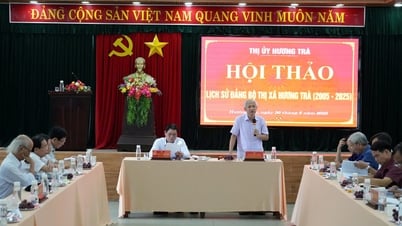


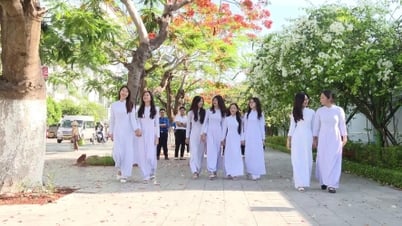

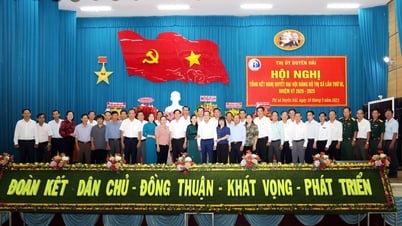
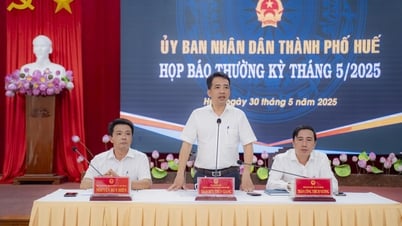








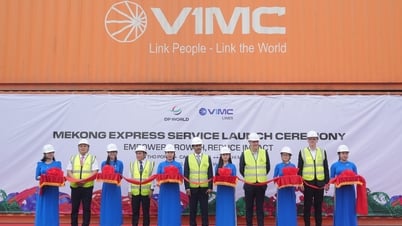











































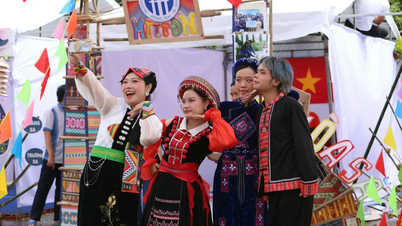

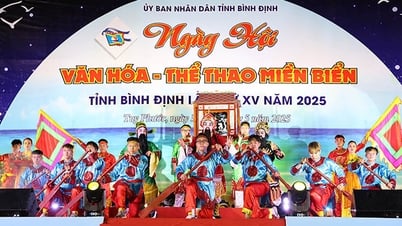


















Comment (0)